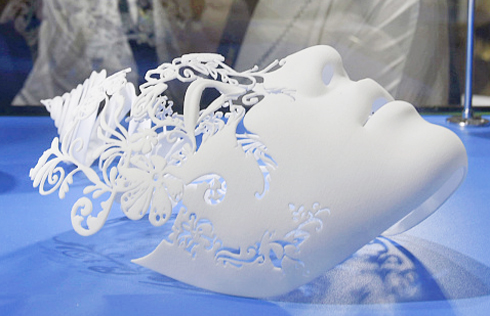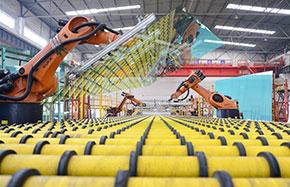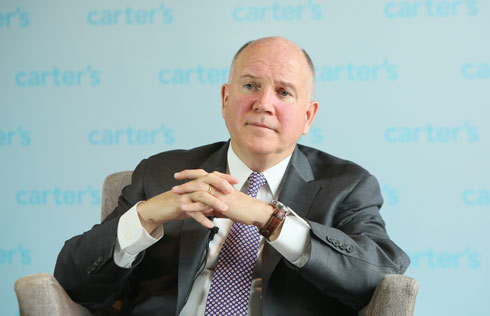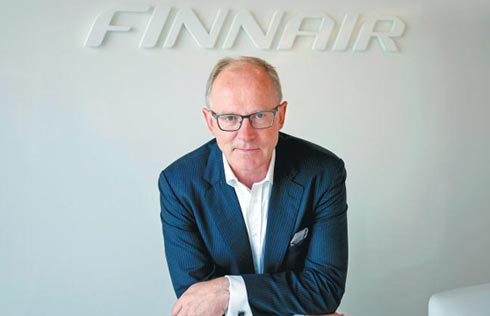Westinghouse bankruptcy to have no major impact projects in nation
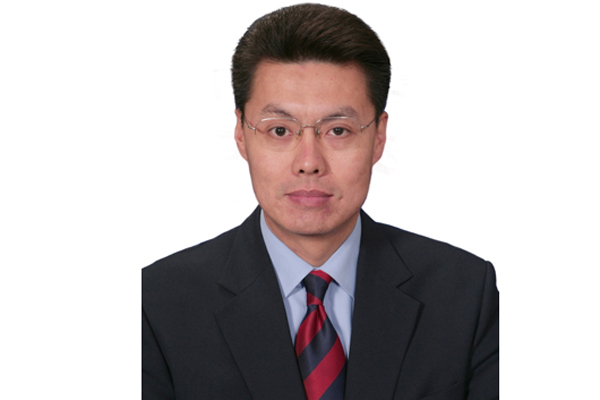 |
|
Gavin Liu, Asia president of Westinghouse. [Photo provided to chinadaily.com.cn] |
Westinghouse's bankruptcy would have no substantial impact on the ongoing AP1000 nuclear reactor construction in China, said its Asia president.
The company, a unit of Toshiba Corp, announced its bankruptcy earlier this year amid huge losses.
"We don't see impact due to the restructuring and we remain committed to delivering our Sanmen and Haiyang projects," Gavin Liu, Asia president of Westinghouse, told China Daily on Tuesday.
A comprehensive nuclear safety check was completed last month at the AP1000 reactor at unit 1 of the Sanmen nuclear power plant in Zhejiang province, the world's first AP1000 reactor. Fuel loading will take place later this month.
Mark Marano, chief operating officer of Westinghouse, said: "We are looking forward to loading fuel in Sanmen in August".
The company said it will ensure all the onshore, offshore, technique resources and all the equipment are delivered on schedule, and will keep the Sanman and Haiyang projects under quality and safety management.
The nuclear company filed for bankruptcy in March following billions of dollars in cost overruns at two nuclear power plants it designed in Georgia and South Carolina. It had recently reached a deal for an $800 million US bankruptcy loan.
According to Liu, the owners of the Sanmen and Haiyang projects will lead the process, from fuel loading to commercial operation. However, Westinghouse will also play a key role in supporting and ensuring the safety and continue working closely with EPC contractors to deliver the final commercial operation.
Westinghouse, with a strong commitment to its ongoing projects, has been communicating with the Chinese government and key customers of the AP1000 in China, he said.
The company finished Sanmen unit 1 inspection at the end of July, and will start the inspection work at Haiyang unit 1 this month.
"We are happy to see the Sanmen unit 1 and Haiyang 1 finally enter the fuel loading stage."
Liu said the company is very optimistic about nuclear development in China.
"We are very impressed with development in the past 10 years even after the world went through the Fukushima incident, with the whole world rethinking their nuclear development policies," he said.
"We were glad to see the bold and wise decisions from the Chinese government shortly after the Fukushima accident and its reiteration of its commitment to nuclear development.
"Nuclear power as a clean and emission free energy has contributed a lot to optimizing China's energy mix, improving national security," said Liu.
China increased its nuclear power capacity last year by another 8 GW, boosting its installed capacity to around 34 GW, according to BMI Research, which provides macroeconomic, industry and financial market analysis.
According to the National Development and Reform Commission, China's nuclear power capacity is expected to reach 58 GW by the end of the decade.
Westinghouse has successfully transferred its AP1000 technologies to China, based on which China has developed its own CAP1400 technology.
"We are optimistic about China's future nuclear development. It's a unique force in the global nuclear market," said Liu.
Liu said Westinghouse's cooperation with Chinese partners has been a very successful model, as the two parties work not only on Chinese projects but also projects worldwide, including in Turkey.
He cited the agreement between Westinghouse, China's State Nuclear Power Technology Corporation and Electricity Generation Company, the largest electric power company in Turkey, to develop and construct a four-unit nuclear power plant site in Turkey based on AP1000 reactor technology.
"The cooperation model between China and Westinghouse has been very successful, a win-win for both parties," said Liu.






